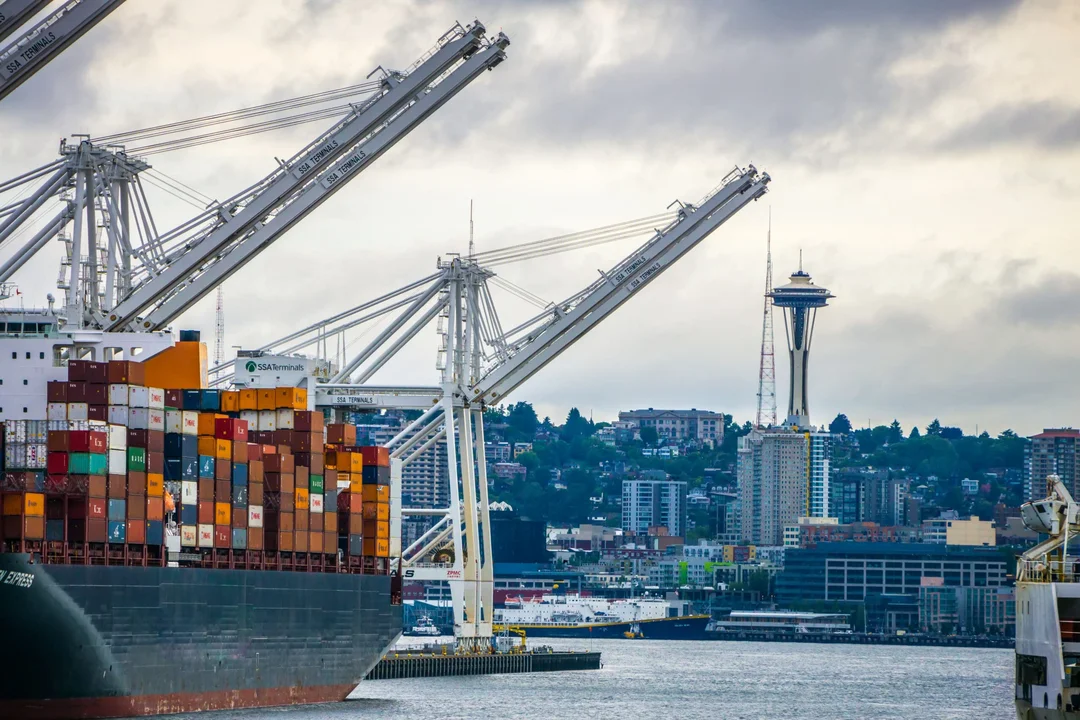
Trump’s Tariff Pause Sparks Global Rush For Deals, But Details Remain Elusive
In a high-stakes move with global economic implications, President Trump’s administration recently initiated a 90-day pause on new tariffs, giving countries a narrow window to negotiate bilateral deals with the White House. This surprising pivot momentarily eased worldwide trade tensions but left many economists and political observers questioning both the effectiveness and transparency of these negotiations.
On Thursday, President Trump, flanked by Secretary of State Marco Rubio and Commerce Secretary Howard Lutnick, struck an optimistic tone. “Everybody wants to come and make a deal, and we’re working with a lot of different countries, and it’s all going to work out very well,” Trump claimed at a cabinet meeting, doubling down on his belief in aggressive tariff strategy as a negotiation tool. Lutnick added, “They have come with offers they never, ever, ever would have come with but for the moves that the president has made demanding respect.”

Publicly, the administration paints a picture of foreign governments racing to charm a resolute America into waiving punishing tariffs. However, as reported by multiple outlets, including Forbes and The New York Times, little is known about which countries are negotiating, or about the content of these discussions. Many insiders suspect that any looming deals are likely limited and sector-specific, rather than sweeping trade pacts that require congressional approval and years of diplomacy.
This cautious approach raises questions over the long-term benefits. Business groups representing U.S. manufacturing, technology, and retail have reported no substantial progress or evidence of imminent agreements. Critics suggest that while the 90-day pause relieves some immediate pain, it may not address broader economic issues or the persistent U.S. trade deficit Trump aims to reduce.
Meanwhile, the tariff maneuvers continue to ripple through global markets. According to related Forbes coverage, Trump’s tariffs on Chinese imports have soared to at least 145%, well beyond initial figures, fueling inflation worries at the Federal Reserve. A central bank official warned that a universal 10% tariff scheme “would materially increase inflation,” complicating an economy already strained by volatile global conditions.
Interestingly, the tariff strategy has impacted even unrelated sectors: luxury giant Prada’s acquisition of Versace was reportedly threatened by tariff uncertainty before closing at nearly $1.4 billion. Political fallout is also mounting, as multiple post-tariff polls suggest a dip in Trump’s approval ratings amid unease over rising consumer prices and fraught international relations.
Despite this, President Trump remains publicly bullish. When asked if he’d extend the tariff pause, he simply replied, “We’ll have to see what happens,” keeping ambiguity alive and trading partners guessing.
Ultimately, while the White House’s hardline moves provoked global actors into talks, the absence of specifics leaves both markets and allies in limbo. Whether these pressured negotiations will yield meaningful relief or merely kick the can down the road remains to be seen.
This unfolding saga raises an essential question: Is a short-term tariff truce enough to transform America’s trade relationships, or merely a temporary fix with hidden costs? Readers, what do you think about Trump’s tariff tactics—strategic genius or economic gamble? Share your perspectives in the comments below.
Related issues news
Why do countries have tariffs on the US?
The money collected from tariffs goes to the Treasury Department, similar to tax revenue. Tariffs are nothing new. Countries have used them for centuries to protect their domestic industries from foreign competition and raise revenue to fund their governments.
What are country tariffs?
'Tariff' literally means 'a schedule of duties imposed by a government on imported or in some countries exported goods,' or the 'duty or rate of duty imposed in such a schedule,' according to Merriam-Webster.
Are tariffs taxes?
Estimating the Macroeconomic Effect of Tariffs. Tariffs are a type of excise tax.
Does China have tariffs?
China Customs assesses and collects tariffs. Import tariff rates are divided into six categories: general rates, most-favored-nation (MFN) rates, agreement rates, preferential rates, tariff rate quota rates, and provisional rates. As a member of the WTO, imports from the United States are assessed at the MFN rate.